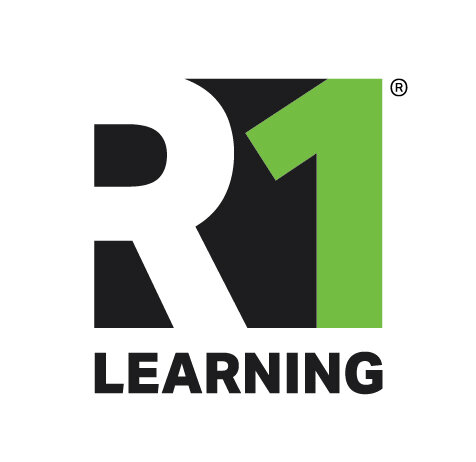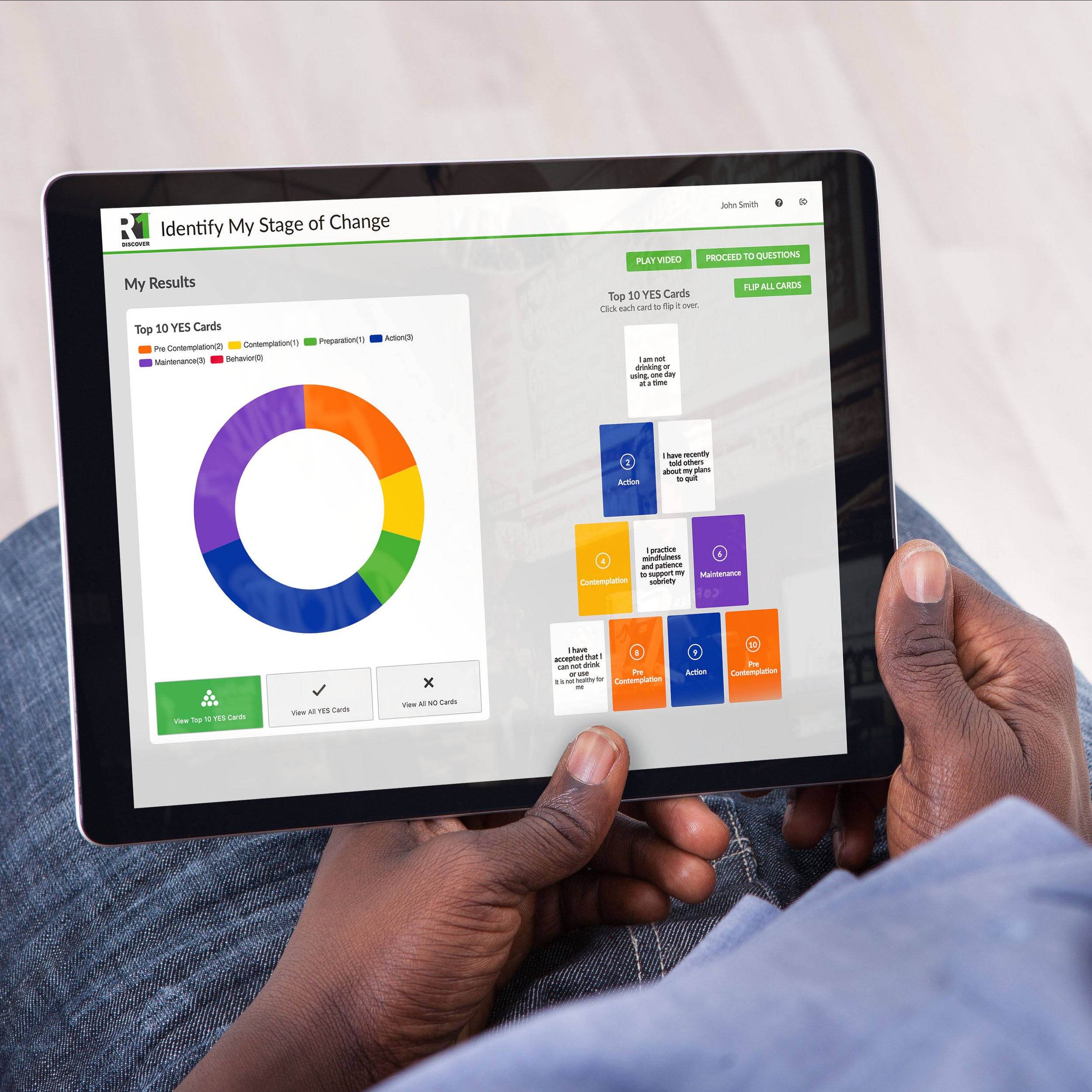4 Card Structures — How Do I Activate Individuals Toward Self-Efficacy?
Logical learners like to be engaged through structured, reasoning, or problem solving activities. They like activity-based learning experiences that put the knowledge they are learning into practice. They like to know where the information comes from and that the topics they are presented have evidence-base. Ask yourself… “Do I like it when I am asked a question or am given a problem to solve that makes me think? Do I like to categorize or prioritize things to help me better understand them? Do I like to know where the information comes from and that it’s based on research?” Engaging logical learners with real-life situations and circumstances, not only makes the learning experience relevant and practical, it sparks one’s journey toward self-efficacy through a reflective self-discovery process. This is the essence of patient or individual activation. It also encodes the information one is learning into long-term memory.
As we’ve implemented the Discovery Cards activities with a wide range of populations in a variety of settings, we’ve instructed the use of a pyramid card structure when prioritizing the topics individuals are exploring. Whether it be one’s top values, career interests, or boundary behaviors, the last step of our standard three-step process is to build a pyramid. The purpose of today’s post is to give you and your team the ability to be flexible and creative when using the Discovery Cards. Below, you will find 4 card structures for arranging and prioritizing the Discovery Cards including our standard pyramid layout. Our objective is to empower individuals to prioritize their thoughts, emotions, and behaviors depending on the topic and activity at hand. How you do that with individuals in your programs and settings is up to you.
R1’s Standard Activity 1— A Pyramid Card Structure
Step 1: Sort Discovery Cards into Two (2) Piles. This in itself is a differentiator of the R1 Learning System. Engaging individual by reading single words or short statements, and then asking them to place the Discovery Cards into two piles encourages individuals to read the card, reflect on the information, cognitively process it, and choose a response. This slower process is very different from asking individuals to scan and pick from a one or two page list. Think about how you approach a list of items. Some learners are immediately overwhelmed by the amount of information and declare themselves cognitively disengaged, “I’m out!”. Others scan quickly and may not focus and intentionally reflect on each item. Take a moment and observe yourself the next time you are asked to pick from a list and see how you process the information. How deep do you really think about each item on a list of 25 or 40 items. This first step in the R1 Learning Process invites individuals to more slowly and more closely look through the lens of self-discovery and immediately put themselves in charge and in control of themselves. This first step immediately sets the individual on a path toward self-efficacy.
Step 2: Pick your Top Ten (10) Discovery Cards (or 6 or 3 cards that enable the building of a card pyramid). We ask individuals to lay all of the Discovery Cards they selected from Step 1 on the table or floor in front of them so they can see all of the words on the white sides of the cards. It is not important how individuals lay the cards on the space in front of them. What is important is that they can see them all in relation to each other, and that they can reflect on them individually and as a whole. Self-efficacy is enabled when individuals internalize the information they are learning and relate it to their own situations and circumstances. This step moves the individual even closer toward ownership through internal motivation.
Step 3: Build a Card Pyramid. We ask individuals to build a card pyramid with their remaining 10 Discovery Cards. We ask individuals to push toward the top, the information that most resonates with them depending on the topic at hand. This step enables individuals to reflect and process the information again more deeply, now prioritizing the items or statements based on how they are thinking about them. It is a fascinating process to observe if you are facilitating a group or hosting a one-on-one session. You may observe a wide-range of body language and facial expressions as these steps occur. This last step even more deeply places the individual in a cognitive space where they do have to make decisions for about themselves. It is at this point, the first part of our journey has been reached. From here, it is now time to have individuals voice what they’ve observed and learned about the experience of just picking the cards.
4 Card Structures for Prioritizing Discovery Cards
Step 3 - Prioritization Options: Although our R1 Facilitator Guides instruct facilitators to build a 10-card pyramid, there is no right or wrong way to enable individuals to prioritize the information at hand. We encourage you to be creative in your instructions on how to help individuals prioritize their top 10 choices. Below are four ideas for you to consider. I’m confident you can come up with several others. There is no one prescriptive method for how to do this. The goal is prioritization and the deeper cognitive reflective processing of individuals’ choices. We invite your creativity and if you think you have a winner, please email me, R1Team@R1Learning.com, so we can share with others in the R1 Users Community.
Different Sizes of Pyramids: Yes, you have the ability to encourage individuals to focus more deeply and select fewer cards to make their pyramids with. As you can imagine, it can be more difficult to select few cards than the 10 we suggest in the R1 Facilitator Guides. At the end of the day, or session, we’re are encouraging individuals to move toward goal setting for Discovery Cards they selected, reflected upon, prioritized, and voiced about. Remember, each Discovery Card can be the fodder for motivational interviewing (MI) or cognitive behavioral therapy (CBT). Each Discovery Card can be the foundation for a SMART goals.
Instructions for Group and One-on-One Sessions
Below includes some general instructions for how to instruct individuals to place their top 10 Discovery Cards from Step 2 into a prioritized order. These are just suggestions.
1. Pyramid Instructions:
“Place your top 10 Discovery Cards in the form of a pyramid.
From the bottom moving toward the top, make 4 rows.
Place 4 cards in the bottom row (1st row).
Place 3 cards in the 2nd row,
Place 2 cards in the 3rd row,
And finally, place 1 card at the top.
As you think about yourself and the cards you have selected, place the cards that resonate with you the most toward that top. Arrange your cards in a pattern that makes the most sense for you.
Remember, there are no right and wrong ways to organize your top choices. Place your cards generally in the order that best resonates for you and be prepared to voice your thinking.”
Note. You can reverse these instructions coming from the top to the bottom. It’s your choice on how to do this.
We encourage you to visually show the info-graphic from the Facilitator Guide. Providing both visual and auditory option is helpful for a wide-range of learners.”
Example: For Values, place the values that you’ve selected that are your most important values toward the top. If you are reflecting on Emotional Triggers, place the triggers that trigger you the most toward the top.
2. 2 Rows Instructions:
“Place your top 10 Discovery Cards into 2 rows.
From left to right, order your cards from 1 to 10.
Place the cards that resonate with you the most toward the beginning of the order (or left) closest to “1” position show here
Place the cards that resonate with you least toward the end of the order (or right) closest to “10” position show here.
If you have a larger space, you can lay your cards down into one row versus two. In this case, order your cards in priority placing the cards that resonate with you most furthest to the left (“1” position) and those that resonate with you least toward the right (“10” position).
Remember, the order of your cards do not have to be perfect. The goal of this step is to generally organize and prioritize your thoughts and choices.”
3. Center Instructions:
“With an emphasis toward the center of an imaginary circle in front of you, place your top 10 Discovery Cards in the following order.
In the center of the space, put the card that most resonates with you. From there, arrange your cards into a pattern nearer or further away from the center as it relates on how the card resonates with you.
It may be helpful to have 2 or 3 imaginary rings of Discovery cards as a way to think about how you are prioritizing your cards.
Remember, there are no right or wrong ways to organize your cards. Place them in an arrangement that makes the most sense for you with an emphasis of priority toward the center.”
4. Create My Story Instructions:
“It’s time to be creative.
Arrange your top 10 Discovery Cards into a visual pattern or order that tells your best story.
You can create one are or multiple clusters of cards to highlight your thinking.
Prioritize your Discovery cards either top to bottom, left to right, or center on out as a way to highlight or prioritize your top cards.
Be prepared to voice your thinking and ideas. It can be fun to hear others share their stories and for them to hear yours.
Remember, there are no right or wrong ways on how to organize your cards. It’s your story so be creative.”
Questions to Explore
Answer these questions for yourself or someone you are working with.
How was it to learn that you do not have to have individuals build a Discovery Cards pyramid; that there are other options for prioritization? Explain.
Which of the four options resonated with you most? What is it about the visual or logical order that resonates with you?
Which of the four options do you think will resonate with individuals in your one-on-one or group sessions? Which ones do you think will be easiest for them to construct?
Which of the four options will you try next? How confident do you feel at providing crisp instructions it?
What resonated most about this post? What is your major learning or take away? Explain.
Pyramid Activity Roadmap
Copyright 2024 R1 Publishing LLC / All Rights Reserved. Use of this article for any purpose is prohibited without permission.
Here are a few ideas to help you learn more about R1 and engage others on this topic:
Share this blog post with others. (Thank you!)
Start a conversation with your team. Bring this information to your next team meeting or share it with your supervisor. Change starts in conversations. Good luck! Let us know how it goes.
Visit R1LEARNING.com to learn more about R1, the Discovery Cards, and how we’re creating engaging learning experiences through self-discovery.



















